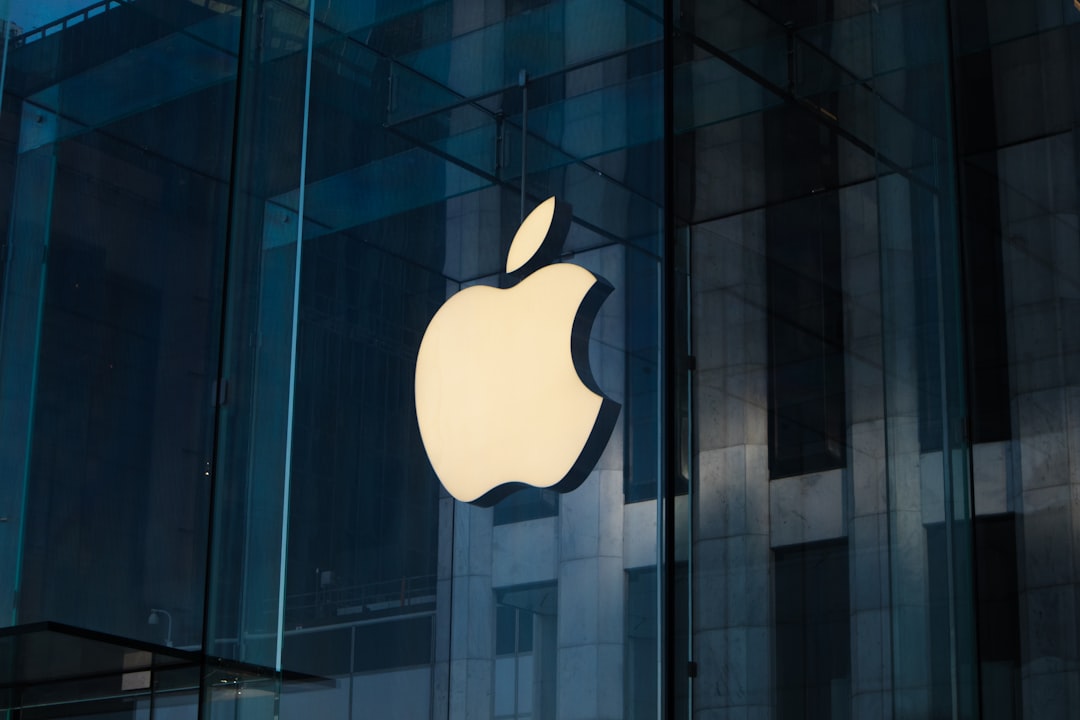Introduction
Wedbush analyst Daniel Ives has dramatically lowered the price target for Apple (NASDAQ: AAPL) from $325 to $250. Ives warns that the current U.S. tariff policies, particularly those imposed by President Trump, are set to have a devastating impact on Apple’s cost structure and consumer demand, given the company’s heavy reliance on China for production.
Key Takeaways
-
Significant Price Target Cut:
Ives lowered Apple’s price target to $250, citing the severe impact of tariffs on its supply chain and production costs. -
Tariff Impact on Cost Structure:
-
Approximately 90% of iPhones are produced and assembled in China.
-
Current tariffs stand at 54% for China and 32% for Taiwan, which could substantially increase production costs.
-
-
Supply Chain Challenges:
Despite efforts to diversify manufacturing into countries like Vietnam, India, and the United States, a majority of Apple’s production—over 50% of Macs and 75%-80% of iPads—remains in China. -
Economic Implications for U.S. Consumers:
The potential rise in costs may result in significantly higher prices for end consumers, undermining Apple’s reputation for high-quality, reasonably priced products.
Detailed Analysis
Tariff-Induced Cost Pressures
Daniel Ives warns that the “tariff economic Armageddon” unleashed by President Trump is a complete disaster for Apple. With tariffs of 54% on China and 32% on Taiwan, the cost structure of Apple’s supply chain is set to be disrupted. This is particularly concerning as the vast majority of iPhones, and a significant share of Macs and iPads, are produced in China, making Apple highly vulnerable to tariff-induced cost increases.
Impact on Consumer Demand
Higher production costs are likely to be passed on to consumers. Ives cautions that U.S. consumers could face a scenario where the famed quality of Apple products is compromised, potentially resulting in much higher retail prices—imagine a scenario where an iPhone could cost $1,000 or more, eroding its value proposition.
Challenges in Diversifying Production
While Apple has announced a $500 billion U.S. investment plan aimed at diversifying its manufacturing base, the reality is that shifting even 10% of its supply chain from Asia to the U.S. would require around $30 billion and at least three years. This transition is expected to be disruptive and costly, further straining Apple’s operations during an already volatile period.
Real-Time Data Resources
For those looking to monitor Apple’s performance and the broader impact of tariffs, consider these resources:
-
Company Rating API
Stay updated with the latest analyst ratings and financial metrics for Apple and its peers. -
Balance Sheet Statements API
Analyze Apple’s financial health and evaluate how increased tariffs could affect its operating costs and profitability.
Conclusion
The tariff pressures highlighted by Wedbush’s Daniel Ives present a major headwind for Apple. With the company’s supply chain deeply entrenched in China, the imposition of steep tariffs threatens to disrupt production costs and consumer pricing. While Apple has made strides to diversify its manufacturing footprint, the transition will be both costly and slow. As these challenges unfold, investors should keep a close eye on Apple’s financial data and market sentiment through real-time resources.




